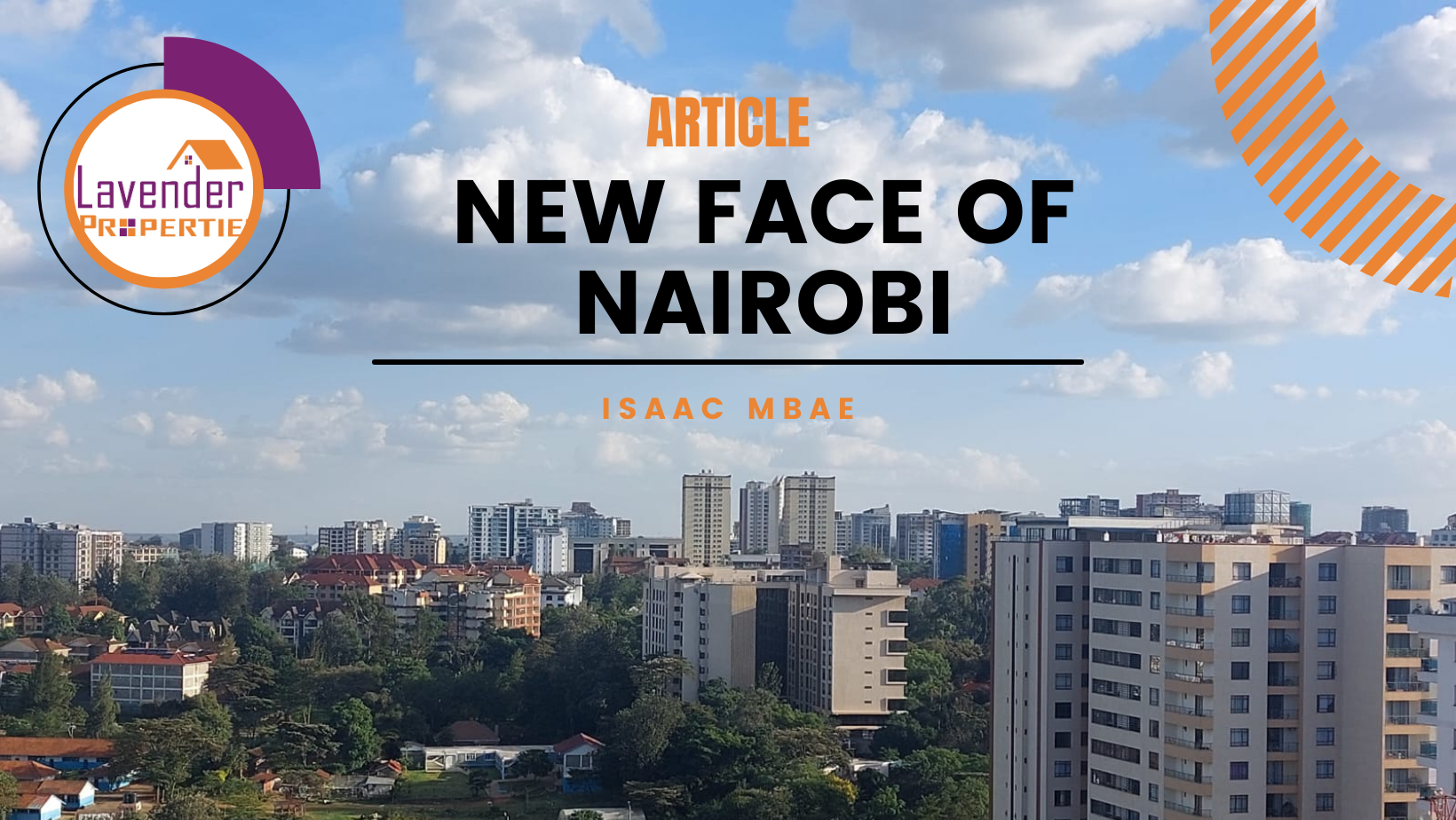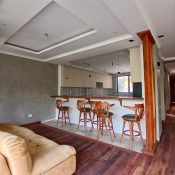
The Impactful Residential Developments in Kilimani, Nairobi.
Nairobi, city under the sun, has over the past 5 years seen tremendous growth in urban settlements. The neighborhoods of Kilimani and Kileleshwa have witnessed both residential and commercial transformation with the rise of numerous skyscrapers. These developments, driven by the demand for residential and commercial spaces, are reshaping the urban landscape. However, this surge in high-rise buildings brings significant implications to social amenities in the area.
The introduction of skyscrapers in these affluent neighborhoods is poised to exert considerable pressure on existing social amenities. Schools, hospitals, and recreational facilities, already struggling to keep up with the current population, will face increased demand. For instance, local schools may experience overcrowding, affecting the quality of education. Similarly, healthcare facilities could see longer wait times and strained resources, compromising the quality of medical services.
Traffic congestion is another critical issue. As more people move into these high-rise apartments, the number of vehicles on the roads will increase, leading to traffic jams and extended commute times. This will necessitate improvements in public transportation and road infrastructure to accommodate the growing population and mitigate congestion.
The rise of skyscrapers also has environmental implications. The increased population density can strain water and sewage systems, leading to potential shortages and sanitation issues. Additionally, green spaces and parks might be encroached upon to make way for new developments, reducing the availability of recreational areas for residents.
On the positive side, the construction of skyscrapers can lead to economic growth and job creation, providing opportunities for local businesses and workers. Moreover, modern high-rise buildings often come with amenities such as gyms, swimming pools, and retail spaces, offering convenience and improving the quality of life for residents.
In conclusion, while the development of skyscrapers in Kilimani and Kileleshwa brings economic benefits and modern living spaces, it also poses challenges for social amenities. Addressing these issues requires strategic urban planning, investment in infrastructure, and sustainable development practices to ensure that the benefits of urban growth are equitably shared and do not come at the expense of essential public services.
Isaac Mbae
user




Hi my loved one I wish to say that this post is amazing nice written and include approximately all vital infos Id like to peer more posts like this